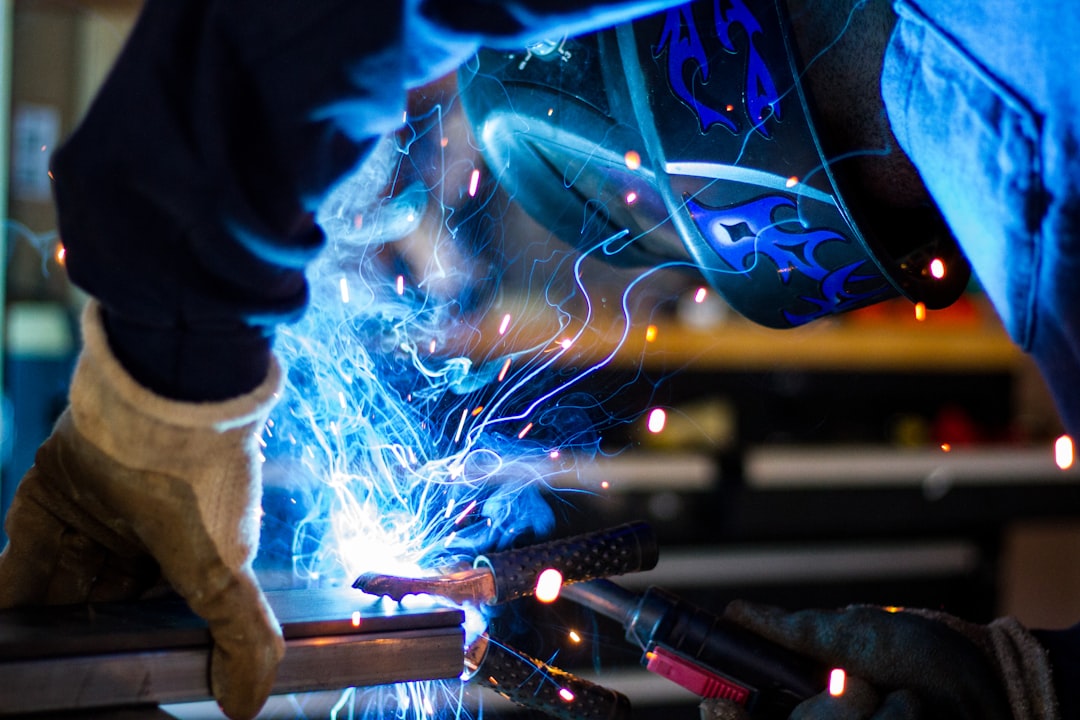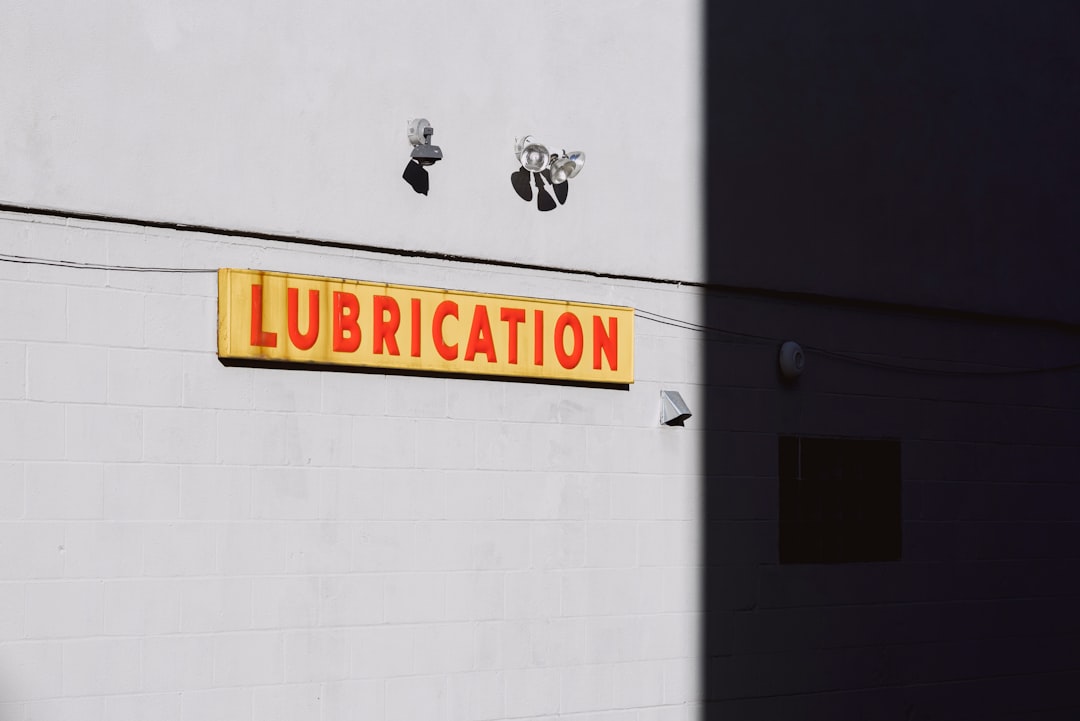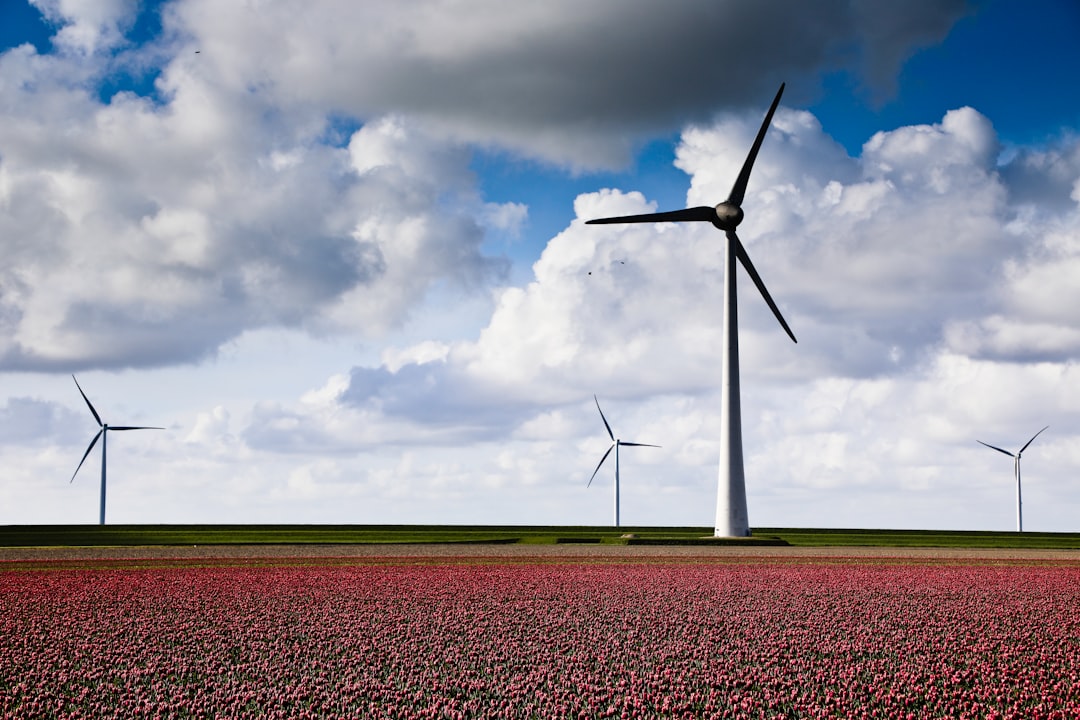What is it about?
tEnergy Efficiency (EE) has become a common target for all buildings: the European Directive 2010/31specifies that every new building must consume very little fossil energy (Nearly Zero Energy Building) by 2020; this deadline for public buildings is fixed by the end of 2018.However, modify the existing heritage is not easy. This is particularly true for historical public buildingsbelonging to the cultural heritage, because many energy solutions in the field of renovation are notcompatible with historic constructions, which need to preserve authenticity and integrity.The paper discusses this critical issue by using a particular building in Italy: analysis, diagnosis and energy audits have been developed for the case study of the School of Engineering in Bologna, a representative building in the history of modern construction. Results of the microclimate monitoring campaignin different classrooms show how the lack of thermal control, together with poorly insulated envelopes’components, determine high energy consumption. Selected modifications with a minimum impact havebeen considered for the energy retrofit. Results show a potential energy saving up to 32%, demonstrat-ing how energy saving in historical buildings may be achieved by means of limited and non-invasive interventions on physical and material processes.
Featured Image

Photo by Ryan Jacobson on Unsplash
Read the Original
This page is a summary of: Energy management in public institutional and educational buildings: The case of the school of engineering and architecture in Bologna, Energy and Buildings, August 2016, Elsevier,
DOI: 10.1016/j.enbuild.2016.05.009.
You can read the full text:
Contributors
The following have contributed to this page










